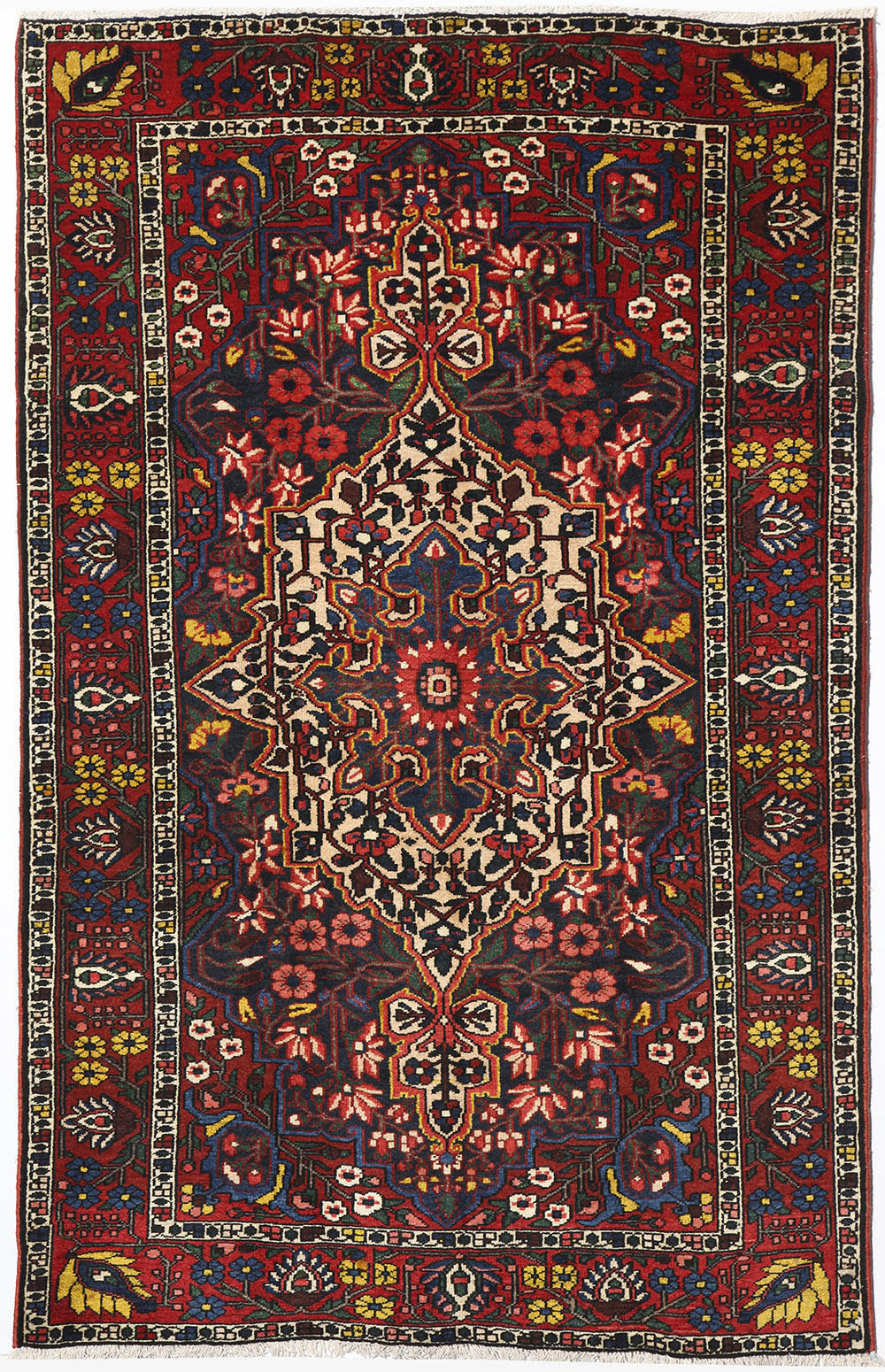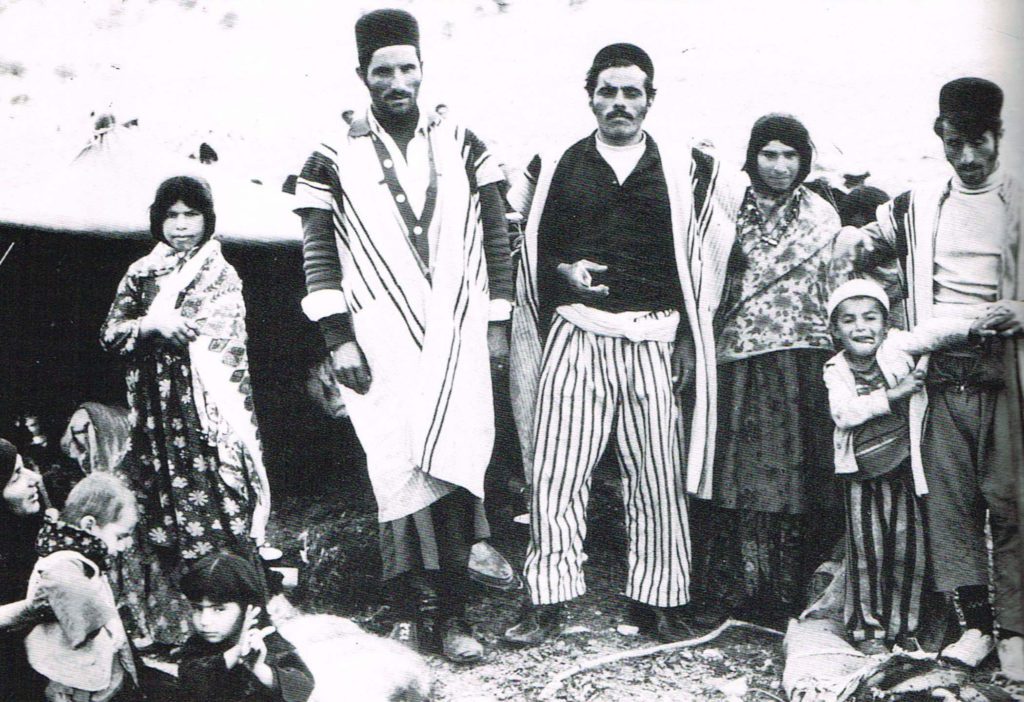A Brief History – The Bakhtiari
With their iconic bright and bold colors, Bakhtiari carpets make up an important pillar of Persian carpets. In this edition of A Brief History, we highlight the Bakhtiari tribe and discuss their history and the exceptional rugs they create.
The Bakhtiari tribe originates from the Chahar Mahal region of Persia. Chahar Mahal, one of the 31 individual Persian provinces, includes such areas as Chahal Shotur, Shalamzar, Semnan, and many more. The rich nomadic history and oral history of many of these tribes render it difficult to generalize the history of the Bakhtiari people as a whole. Even the name itself comes from a fascinating tale.
According to Zoroastrian mythology, the Lurs, who are thought to be the primary lineage of the Bakhtiari, escaped the grips of the demon Zahhak within the Zagros Mountains. Due to their escape, these people considered themselves lucky. Thus, these members referred to themselves as Bakhtiari or Bakhtiyar, translating to “companion of fortune” or “bearer of good luck.”
Like other Persian tribes, the Bakhtiari continues to create incredible carpets, inspiring their designs from the formal pieces made in neighboring cities, such as Fars and Isfahan. The Bakhtiari are notorious for their romantic and ideal blend of tribal and traditional Persian design.
To compare Bakhtiari elements, let us look at some examples from the Orley Shabahang collection, all available today at orleyshabahang.com or in our 1stdibs.com showroom. While many formal carpets utilize more symmetry and intricate detailing compared to the, at times, asymmetric and generally more rustic tribal designs, Bakhtiari carpets bridge the gap between these two starkly different styles. By exploring ornate and symmetrical design while utilizing traditional tribal elements, Bakhtiari carpets can be the best of both worlds.


Typical Bakhtiari designs often explore the garden theme, utilizing flowers, plants, butterflies, and other motifs to symbolize the circle of life. In addition to their theme, the Bakhtiari carpets also implement certain tones to identify their iconic look. These colors range from red, indigo, green, and gold to cream and black wool. In addition, other motifs like the cypress trees, butterflies, and flowers, are often employed within Bakhtiari carpets. Furthermore, the Bakhtari utilize two main styles of garden themes, compartmentalized and medallion.




Compartmentalized Bakhtiari carpets use rectangular or lozenge shapes filled with tribal Persian motifs. Often symmetrical, these designs aimed to act as a storyboard, depicting small narratives within their borders. Inspired by the carpets woven in neighboring cities, traditional and formal elements are blended, creating an all-over pattern that includes repetitive and peaceful imagery. The compartmentalized design utilizes the contrasting tones between the carpet background tone and the lozenge interior tone. The two-tone pattern allows the bright and colorful floral motifs to pop while creating a repetitive and even garden pattern.





The second style of Bakhtiari carpet is the medallion design. Customary Bakhtiari elements within Persian rugs utilize a large central medallion to represent the fountain or water source of the garden, traditionally called the hoz. The Bakhtiari remixed the formal designs with tribal-stylized motifs and detailed them with their famous red, indigo, gold, black, and cream hues. Medallion-style designs leave more room for detail than compartmentalized carpets because of the open space outside the medallion. This extra space allows weavers to implement small floral motifs that bloom from intertwining branches, allowing the weaver to pull homage to neighboring nomadic tribal carpets.
Considering the vast array of hand-made carpets produced by the Bakhtiari, the design variations are endless and continue to surprise and allure onlookers today. If you enjoyed these Bakhtiari examples and want to see what Orley Shabahang offers, check out orleyshabahang.com. If our website does not have enough, check out our 1sdibs digital showroom for additional antique and contemporary options!





